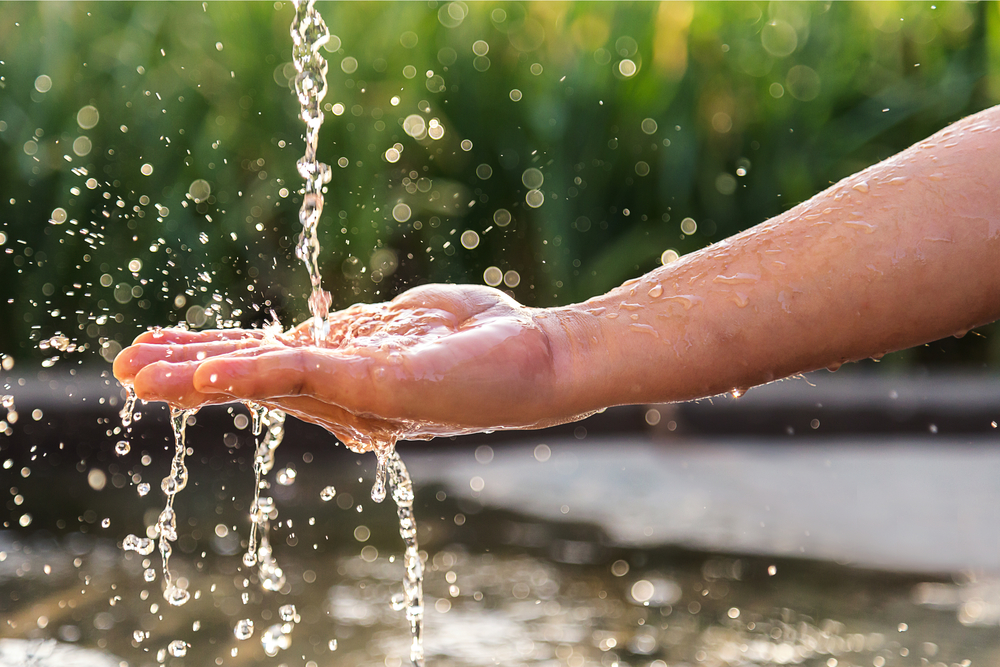The Camp Lejeune water crisis is a sobering example of the consequences of contaminated water. For an extended period, spanning the 1950s to the 1980s, Camp Lejeune’s water was contaminated with toxic substances. Moreover, this event is a lesson for the government that highlights the urgent need for policy changes.
In regard to this crisis, let us discuss the public health lessons learned from the events of Camp Lejeune water contamination.

The Legal Aftermath of the Crisis
Numerous federal inquiries were conducted regarding the water contamination at Camp Lejeune. However, it’s important to consider that these were not health investigations or evaluations. Building upon prior examinations by theInstitute of Medicine (IOM) in 2003, the report extends its scope. The comprehensive report ultimately establishes a connection between the contaminants in Camp Lejeune’s water and health repercussions.
The situation at Camp Lejeune has given rise to ongoing legal cases and legislative actions. This includes the Camp Lejeune lawsuit, as well as broader legislative efforts like the Camp Lejeune Justice Act.
The legal battles are being fought under the provisions of the Federal Tort Claims Act. It gives right to people to plead to the federal government for wrongdoings by its staff. These cases appear in the North Carolina federal court, within the jurisdiction of the North Carolina (Eastern District). It also engages with the Camp Lejeune Veterans and the plaintiffs’ leadership group.
What Were the Health Effects?
The water toxicity at the Campsite led to profound health implications among residents and workers. This was due to the presence of four chemicals, including Vinyl Chloride, Benzene, PCE or Tetrachloroethylene, and TCE or Trichloroethylene.
Many serious health conditions have been linked to contaminated water, including kidney cancer, liver cancer, bladder cancer, and leukemia. Victims were also affected with non-Hodgkin’s lymphoma, multiple myeloma, myelodysplastic syndromes and Parkinson’s disease.
Earlier, TCE was considered in dry cleaning. TCE was found in the base’s groundwater, soil, and sediment. It harms the central nervous system, kidneys, liver, immune, and reproductive systems.

A colorless liquid, PCE is used in metal degreasing and dry-cleaning. Found in Camp Lejeune’s environment, it increases cancer risks, particularly with prolonged exposure.
The Public Health and Policy Lessons from the Water Crisis
The crisis at Camp Lejeune emphasizes the importance of proactive measures to prevent water contamination. Several public health and policy lessons can be drawn from the crisis, including the following:
Neurological Disorders
Exposure to the crisis has led to neurological disturbances. This includes Parkinson’s disease, causing tremors and coordination issues. Alzheimer’s disease, leading to memory loss and cognitive decline; and multiple sclerosis, where nerve covering damage disrupts brain-body communication. These conditions severely impact life quality, causing physical limitations and mental challenges.
Families face emotional and financial burdens, needing to provide care and manage medical costs. The complexity of these diseases, aggravated by their link to preventable water contamination, adds a layer of distress.
Severe Impact on Children
Benzene and TCE in Camp Lejeune’s drinking water are linked to a risk of neural tube defects (NTDs) in children. Weaker associations are suggested between first-trimester exposure to 1,2-DCE and PCE in drinking water and hematopoietic cancers during childhood. Although these associations are weaker than those found for NTDs, they indicate potential risks for children exposed in utero.

Exposure to PCE is associated with preterm births. However, the presence of TCE and Benzene is linked to Small Gestational Age (SGA) and low birth weight outcomes. These associations were found to be the strongest for exposures during the second trimester.
Mishaps in Testing and Monitoring Practices
The government’s role in ensuring water safety was brought into focus when they had failed the residents of Camp Lejeune. This failure was primarily due to inadequate monitoring at water treatment plants, which allowed VOCs to contaminate the water undetected. The lack of early detection meant that residents continued to consume and use toxic water, leading to widespread health issues.
Had there been consistent and thorough testing, the contamination could have been identified and addressed much earlier. Recognizing this, the government, in 2022, allocated a budget of USD 1 billion. This is meant to support communities affected by similar water contamination issues. This funding implies a commitment to rectifying past oversights and preventing future incidents.
The Consideration of Accountability
The water contamination case has become a reference point in understanding the importance of holding responsible parties accountable. This case sheds light on the crucial need for effective regulation and oversight of environmental hazards.
Recent legal actions and settlements at Camp Lejeune underscore the government’s responsibility to prevent and address environmental contamination. The U.S. government’s settlement offers to those affected mark a step in acknowledging and rectifying past oversights. As of late 2023, the government had commenced issuing these settlements, with significant financial implications. For instance, three people accepted settlements worth USD 850,000 for injuries due to water contamination.
Moreover, the settlement emphasizes the need for transparency and reporting, especially for military bases using toxic substances.
What is the Current Status of the Cleanup Efforts at Camp Lejeune?
The cleanup at Camp Lejeune is ongoing, with human exposure being controlled through isolation. The treatment systems, divided into 26 operable units, are scheduled to be completed in the fall of 2024. There is no fixed site-wide reuse date.
The first phase involved the removal of drums, tanks, and soil. The EPA, Navy, and NCDEQ work together to review actions every five years.
Furthermore, efforts at Camp Lejeune span 42 CERCLA sites and 10 RCRA units across 156,000 acres. The cleanup involves various green remediation strategies. These include using local resources, minimizing land disturbance, and employing energy-efficient techniques.
Remedial technologies applied include air stripping, chemical oxidation, and vapor intrusion mitigation. The site is divided into specific areas based on contamination types, with tailored remedies for each. Periodic reviews ensure the effectiveness of these measures, with the review in 2020 affirming progress towards long-term environmental safety.
Despite ongoing efforts, Camp Lejeune’s cleanup will take years, requiring continuous monitoring for environmental and resident safety. The Veterans Administration highlights the long-term impact of the contamination. As per TorHoerman Law, affected individuals can file claims under the Camp Lejeune Justice Act. Eligibility criteria include residing at the Marine Corps base for a minimum of 30 days during the contamination phase.





